1. The Coin That Is Not Paper

Despite the common name “paper money,” US dollar bills are not made from wood pulp like typical paper. The material is a durable blend of approximately 75% cotton and 25% linen, giving the notes their distinctive texture and strength. This specialized fabric is what allows a dollar bill to be folded at least 8,000 times before it tears, a longevity far exceeding that of regular paper. This blend was chosen specifically to resist wear and tear in circulation, ensuring the currency remains intact for years, which is an important consideration given the constant handling of lower-denomination notes. The specific composition also allows the Bureau of Engraving and Printing to use sophisticated printing techniques that are difficult for counterfeiters to replicate.
2. The Expensive Penny
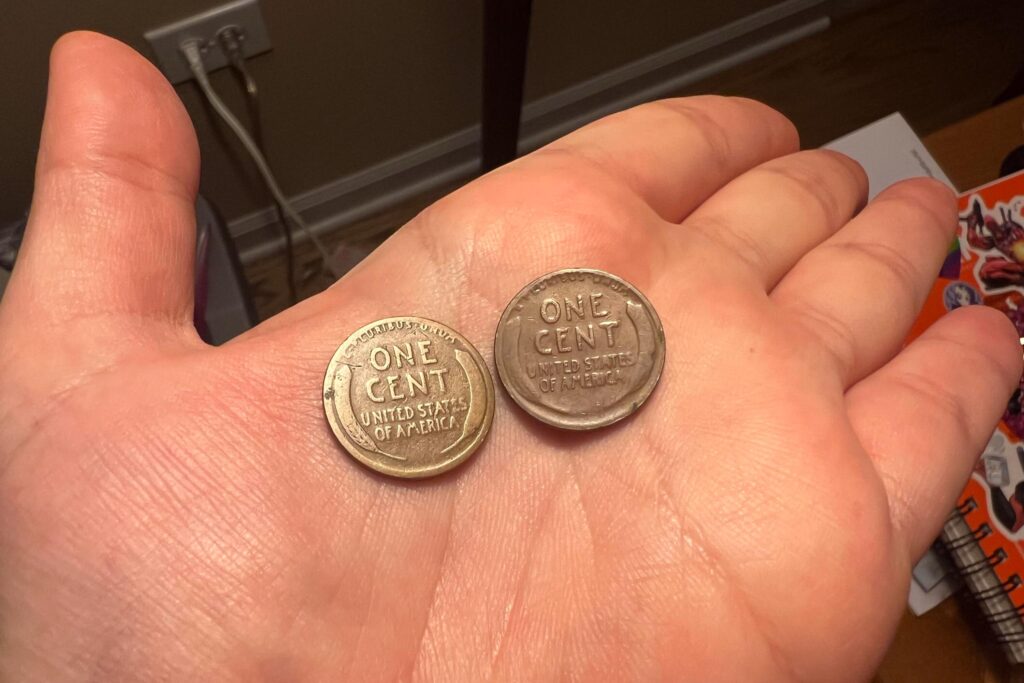
While the value of a penny is one cent, the US Mint reports that the actual cost to produce and distribute a single penny is higher than its face value, around three cents in recent years. This disparity is due to the rising cost of the base metals used in coinage, primarily copper and zinc. Similarly, the production cost of a nickel has been cited at around 12 cents. This continuous loss in manufacturing lower-denomination coins creates an interesting economic paradox where the Mint spends more to create currency than it is worth to the user. Various proposals have been made over the years to change the metal composition or eliminate the penny entirely, but it remains a staple of American commerce.
3. The 1943 Copper Mistake
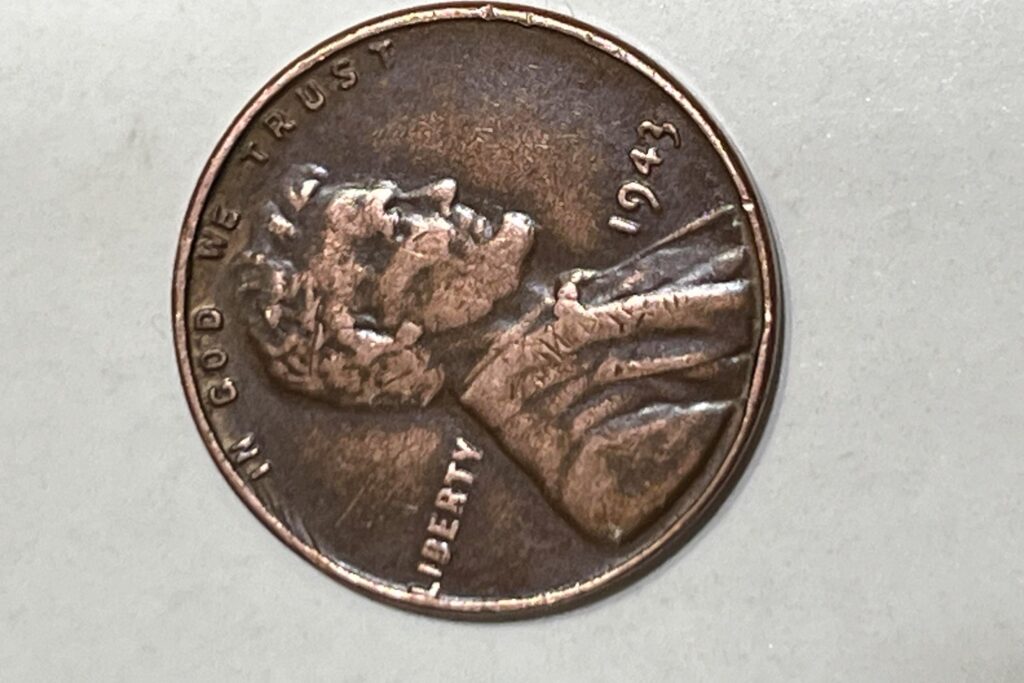
The 1943 Lincoln Cent is one of the most famous error coins due to a mistake made during World War II. To conserve copper for the war effort, the US Mint switched the penny’s composition to zinc-coated steel for that year. However, a very small number of the normal bronze planchets from 1942 mistakenly entered the production process in 1943. These bronze cents are exceptionally rare, with perhaps as few as 15 to 40 believed to exist. An easy way to check if a 1943 cent is one of these bronze rarities is to test it with a magnet; the intended steel cents will stick, while the accidentally struck bronze cents will not. One such bronze cent has sold for over $1 million, making it a monumental find for any collector.
4. The 1955 Doubled Die Cent
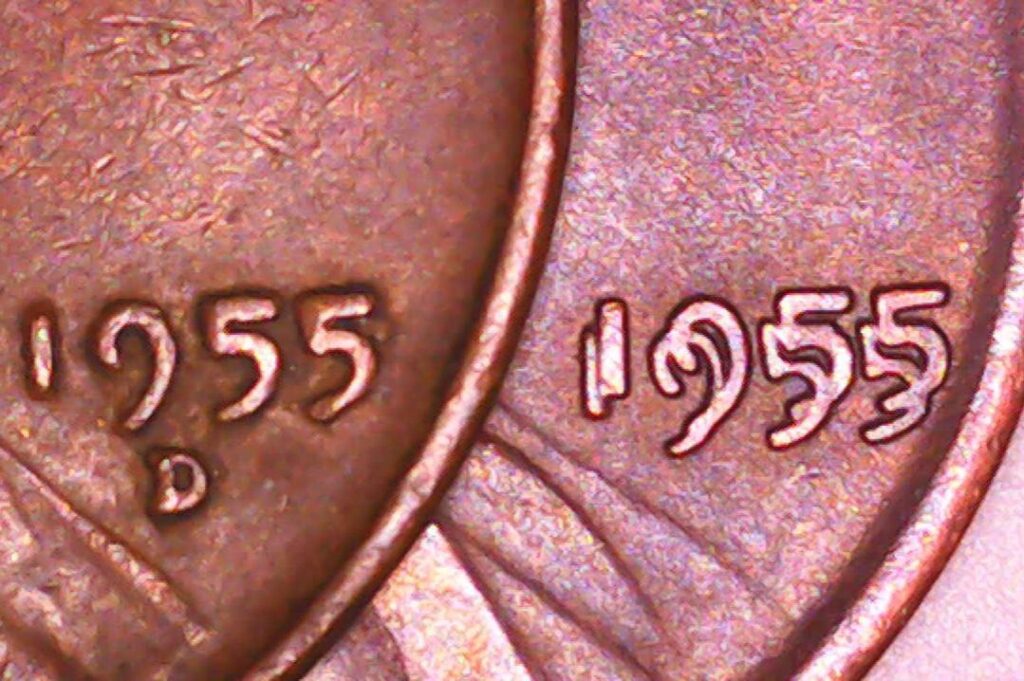
The 1955 Doubled Die Lincoln Cent is an iconic and highly collectible mint error known for its distinct, shadow-like doubling of the date and inscriptions on the front of the coin. This striking visual effect occurred when the working die, which imprints the design, was accidentally struck twice by the hub, the master die, with a slight rotation between strikes. The error was not caught before a substantial number of these pennies were released into circulation. Because the doubling is so prominent, it is often visible to the naked eye, particularly on the words “LIBERTY” and “IN GOD WE TRUST.” This dramatic and well-known flaw makes it one of the most recognized and sought-after errors in US numismatics.
5. Coins Struck on the Wrong Metal

An “off-metal error” occurs when a coin’s blank metal disc, called a planchet, intended for one denomination, is mistakenly struck with the dies for another denomination. These errors can result in coins with the correct design but the incorrect size, weight, or color. Examples include a Lincoln Cent struck on a silver dime planchet, which would make it silvery, smaller, and lighter than a normal penny. Another well-known variety is a quarter struck on a planchet meant for a nickel. Such mistakes are extremely rare because minting processes are highly automated, and each coin type is typically made with its unique metal composition, making these transitional oddities highly prized by collectors for their visible flaws.
6. The 1937 Three-Legged Buffalo
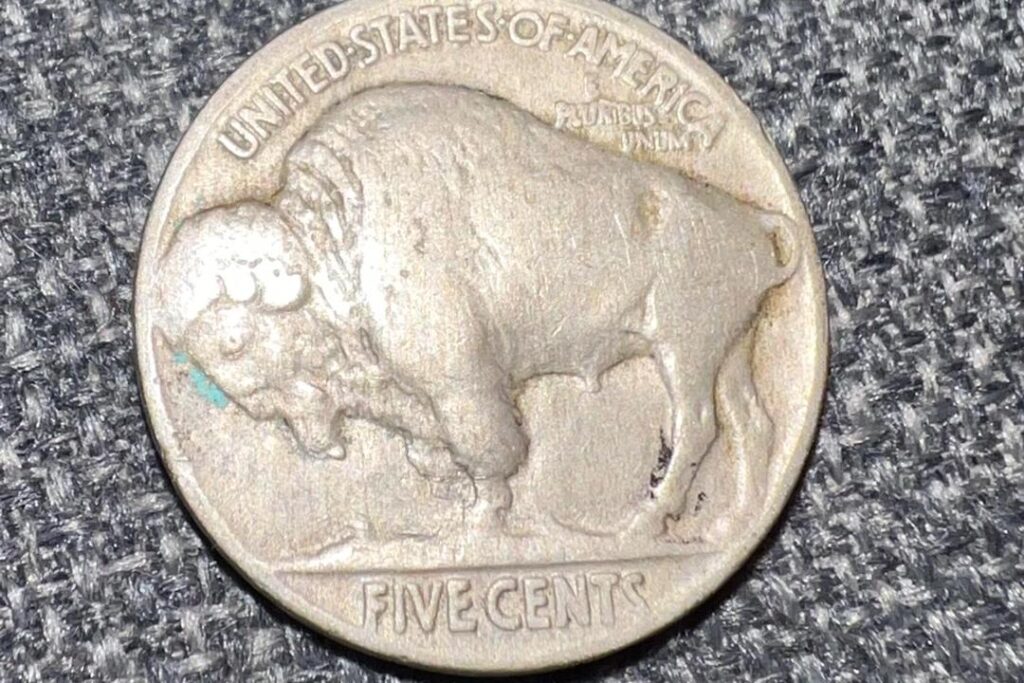
The 1937-D Buffalo Nickel with three legs is a famous variety that originated from an accident at the Denver Mint. A mint worker, attempting to remove imperfections from a worn reverse die, accidentally polished away one of the buffalo’s back legs, leaving the animal seemingly standing on only three legs. While this was not an intentional design change, the altered die was used to strike a number of coins before the error was fully noticed. These “three-legged” nickels are a classic and highly recognized variety in US coinage, commanding high values due to their distinctive and easily identifiable missing feature, a testament to the fact that not all errors happen in the striking chamber.
7. Currency with Mismatched Serial Numbers
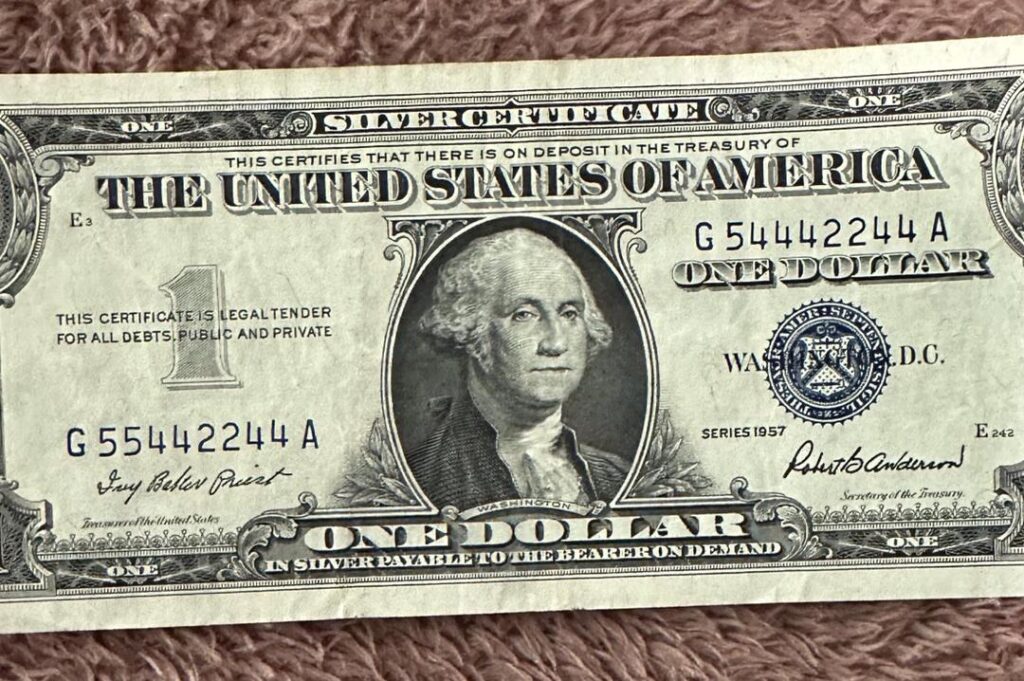
In the paper money world, one of the rarest and most valuable errors involves banknotes with mismatched serial numbers. When a sheet of currency goes through the third printing stage, the “overprint” stage that applies the serial numbers, seals, and Federal Reserve indicator, a mechanical malfunction can cause the two serial numbers on the bill to print differently. For example, the number on the left side of the bill may be completely different from the one on the right. Since serial numbers are a critical security and tracking feature, this mistake is extremely rare, as quality checks are supposed to catch any discrepancy. Any confirmed, circulated bill with two distinct serial numbers is highly collectible.
8. The Sacagawea “Cheerios” Dollar
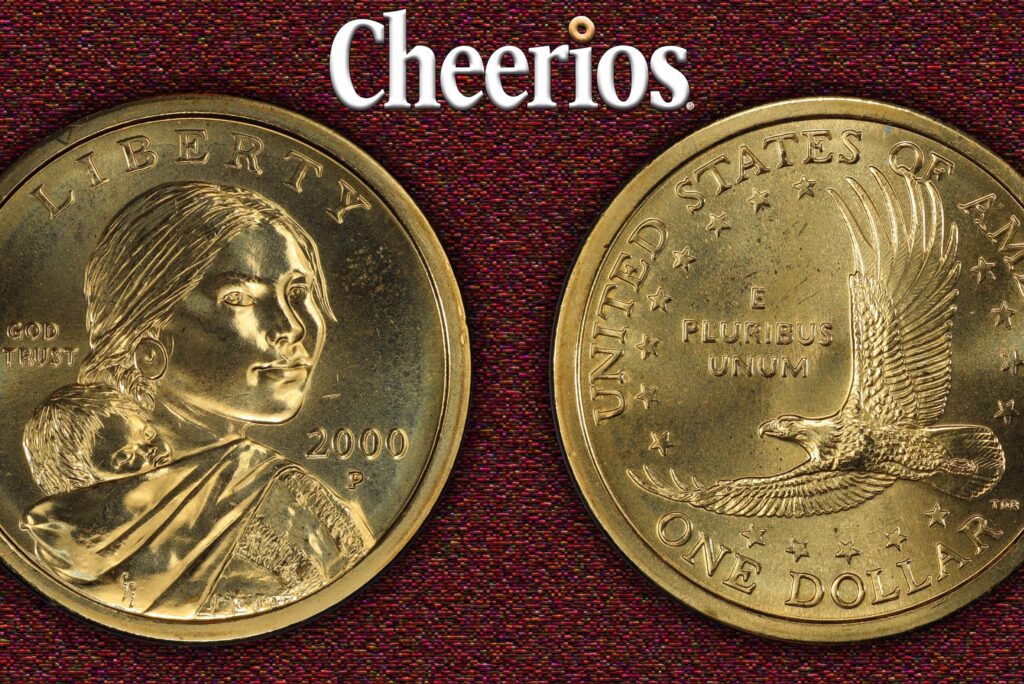
The year 2000 Sacagawea Dollar, a “golden dollar,” has an interesting variety known as the “Cheerios Dollar.” These coins were part of a special promotional giveaway in boxes of Cheerios cereal to introduce the new dollar coin. While most of the coins released were standard, a small number of the promotional coins featured a subtly different reverse design with more detailed eagle tail feathers. This slight die variation, which predates the final design used for mass production, was only used briefly for the promotional run. Collectors who find one of these enhanced-detail coins know they possess an early, limited-run prototype version that is worth significantly more than its face value.
9. The Off-Center Strike Coin
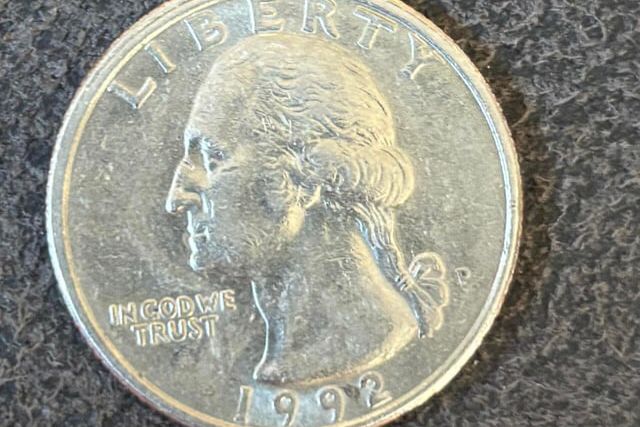
An off-center strike occurs when a coin blank, or planchet, is improperly fed into the coining press, causing the die to strike it while it is not perfectly aligned. The resulting coin shows the design pressed onto only a portion of the metal, leaving a crescent-shaped area of blank planchet metal on one side. The extent of the off-center strike determines its value; coins that are dramatically off-center, often 50% or more, and still display the full date and mint mark are the most coveted. While the error makes the coin technically flawed, its unusual appearance is a clear product of a minting anomaly, making it a favorite for error collectors.
10. Bills with a Gutter Fold
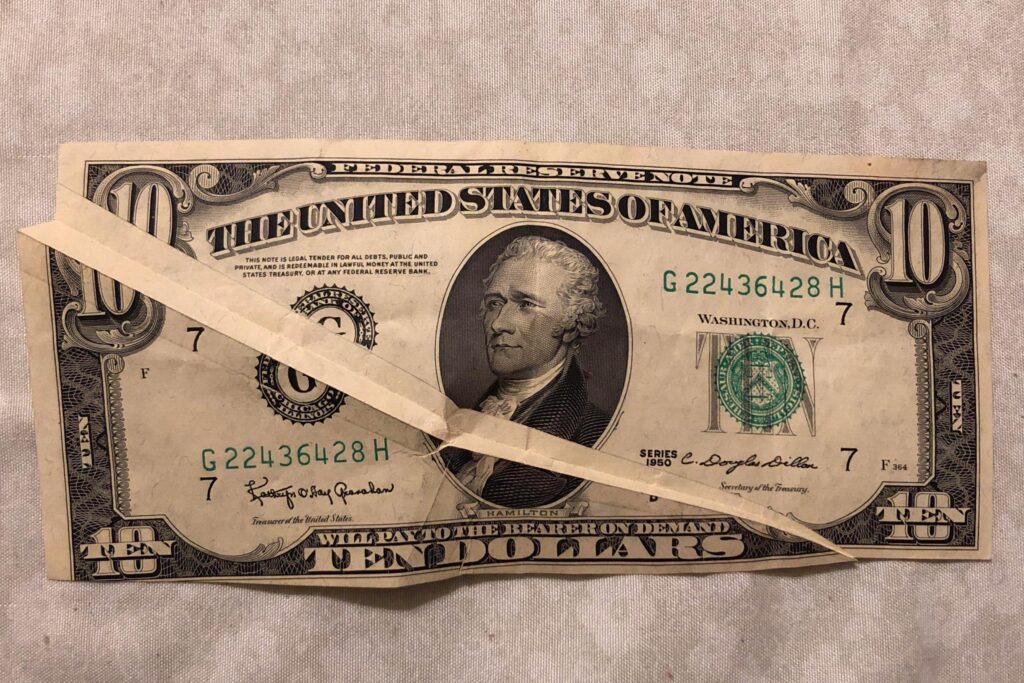
Gutter fold errors are a type of paper money oddity that occurs when a piece of the currency paper gets folded or wrinkled before one of the printing processes is completed. The printing ink then covers the folded paper, creating an unprinted, or blank, vertical or horizontal strip (the “gutter”) where the crease was. After the paper is unfolded, a section of the bill is completely missing a layer of print, and the crease runs through the blank area. If the fold happens before the final overprint (the seals and serial numbers), those features may also be missing from the affected area. The size and severity of the fold determine the note’s rarity and value, with uncirculated notes being the most desirable.
11. Silver Coins from Before 1965

If you happen to find a US dime, quarter, or half-dollar dated 1964 or earlier, you are holding a valuable relic: the coin contains 90% silver. Until the passage of the Coinage Act of 1965, all circulating dimes and quarters were struck in this precious metal alloy. Half-dollars were 90% silver until 1964, then 40% silver from 1965 to 1970, and finally became the copper-nickel clad composition we use today. Though their legal face value is low, their intrinsic metal value is determined by the spot price of silver, making them worth significantly more than a quarter in clad metal. This makes them a popular and relatively common find for those who regularly check their change.
12. Star Notes on Currency
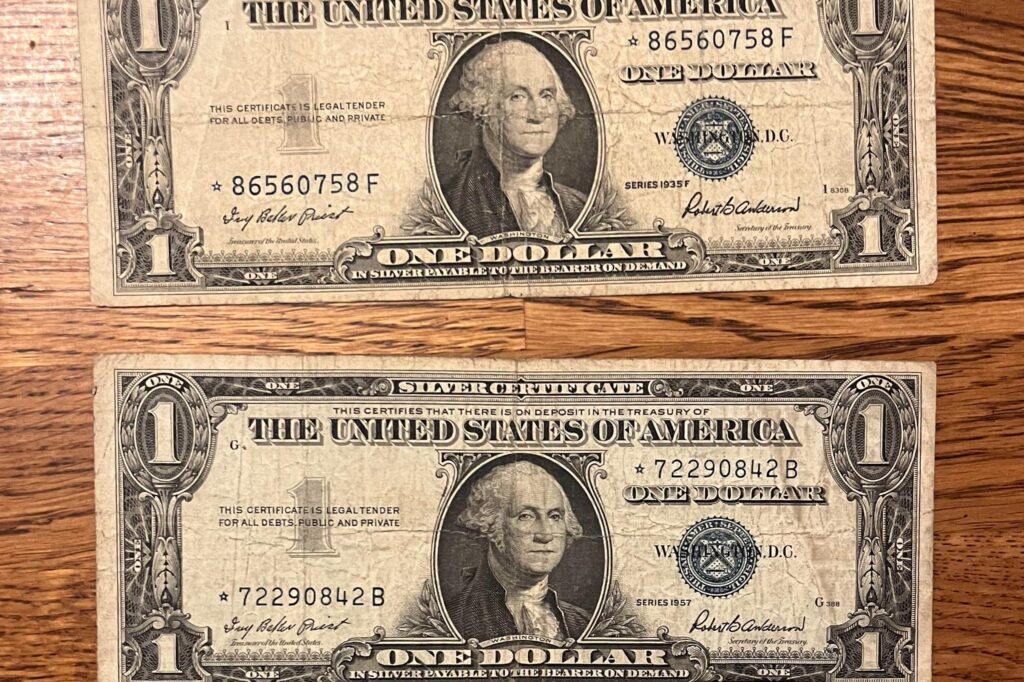
Star Notes are replacement bills printed by the Bureau of Engraving and Printing (BEP) to substitute for notes that were damaged or imperfect during the printing process. Standard US currency notes are printed in sheets with sequential serial numbers. When a flawed note is removed, it cannot be replaced with one having the same number, as this would violate the sequential numbering rule. Instead, a “Star Note” is printed with a tiny star symbol next to its serial number, indicating it’s a replacement. Collectors often seek Star Notes, especially those from low-print runs, as their scarcity makes them more valuable than their regular counterparts. A Star Note from a run of less than one million notes is generally considered a good find.
13. The 2004 Wisconsin Extra Leaf Quarter

The 2004-D Wisconsin State Quarter is known for a fascinating and valuable die error that occurred during production at the Denver Mint. Some of these quarters display what appears to be an extra leaf on the ear of corn depicted on the reverse side. This error manifests in two varieties: the “Extra High Leaf” and the “Extra Low Leaf,” referring to the leaf’s position. This small but distinct anomaly is believed to have been caused by an accidental gouge or debris lodged in the coin die. Since the extra leaf is not part of the original design, these quarters quickly became highly sought after by collectors, making them one of the most significant modern US coin errors to check for in circulation.
14. Broadstruck Coins

A broadstruck coin is a mint error that occurs when the retaining collar, a metal ring that holds the planchet in place and forms the coin’s edge during striking, is either entirely absent or fails to engage properly. Without the collar, the coin metal is free to spread out when struck by the dies, resulting in a coin that is noticeably wider and flatter than normal, with a smooth, undefined edge. Because the coin expands outwards, the design elements near the rim are often stretched or completely missing. While visually obvious, these coins sometimes slip through quality control and can be found in circulation, valued for their unusual, expanded shape.
15. The “No Mint Mark” Dime

Mint marks are small letters (like ‘P’ for Philadelphia or ‘D’ for Denver) that indicate where a coin was produced. In 1982, some Roosevelt Dimes were accidentally released without the ‘P’ mint mark, which is typically used for the Philadelphia Mint. This happened due to an error in the minting process where the mint mark was inadvertently omitted from the working dies. Though all modern dimes minted in Philadelphia should carry the ‘P’ mark, this rare oversight created a distinct and highly sought-after variety. Finding an uncirculated 1982 Roosevelt Dime that is missing its mint mark is a significant find for collectors of modern coinage errors.
The next time you reach for a coin or a bill, take a moment to look beyond its monetary value. Your everyday change is a rich tapestry of history, metalwork, and the occasional human error that turns simple currency into a prized collectible. These 15 oddities are a reminder that a little bit of hidden treasure could be waiting right there in your wallet, ready to be discovered.
This story 15 Coin & Currency Oddities Hiding in Your Wallet was first published on Daily FETCH


